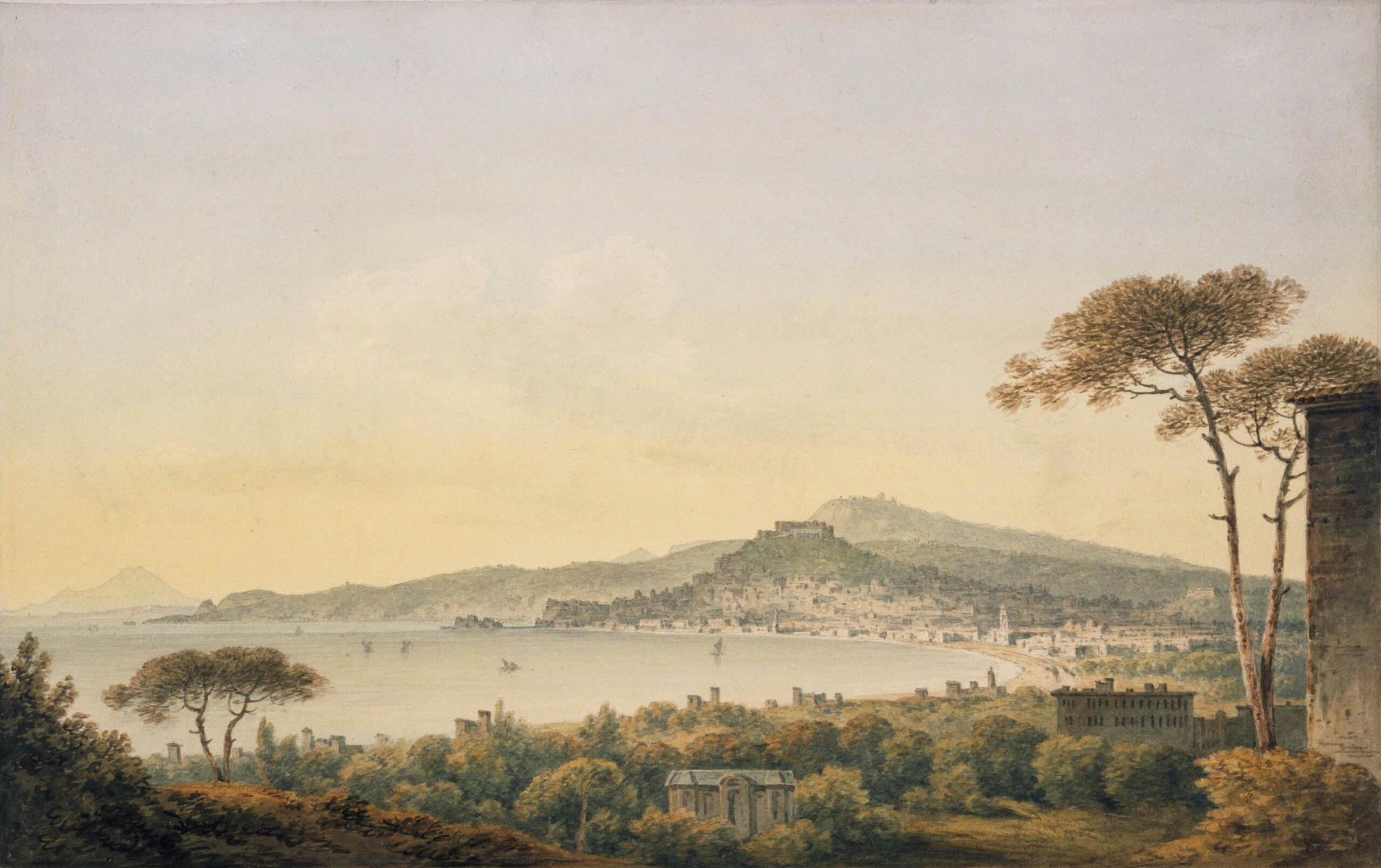
Painting is one of humanity’s oldest and most enduring art forms. From ancient cave walls to modern digital canvases, it has served as a window into culture, imagination, and personal expression. Unlike fleeting digital trends, painting remains timeless because it bridges the gap between creativity and communication, offering a lasting connection. Whether through realism, abstract forms, or bold experimentation, painting continues to captivate audiences and inspire artists of every generation.
A Journey Through the History of Painting
The history of painting spans thousands of years. Prehistoric cave art provided glimpses into the lives and beliefs of early humans. Ancient Egyptian murals celebrated deities and daily rituals, while Greek and Roman frescoes displayed mastery of form and perspective. The Renaissance revolutionized painting with groundbreaking innovations in the use of light, anatomy, and composition—masters like Leonardo da Vinci and Michelangelo changed the course of art forever. Later movements, from Impressionism to Surrealism, pushed boundaries, challenging viewers to see the world in new ways. Today, painting is a fusion of tradition and innovation, reflecting the diversity of global culture.
Different Styles of Painting: A Spectrum of Creativity
Painting takes countless forms, each with its own philosophy and aesthetic. Realism seeks to capture life in exact detail, while abstract art strips away representation, focusing on color and form. Impressionism, pioneered by artists like Claude Monet, emphasizes light and fleeting moments. Expressionism dives into the artist’s inner emotions, while surrealism bends reality into dreamlike images. Contemporary painting often blends styles, proving that creativity has no limits. Each style offers unique ways for artists to communicate their vision and for audiences to interpret meaning.
The Materials and Media of Painting
Painting is as much about tools as it is about imagination. Artists choose from a wide array of mediums—oil paints, known for their depth and richness, acrylics, valued for their versatility and fast drying, or watercolors, which create delicate, translucent effects. Works that incorporate elements such as digital media often extend beyond. a The surface, too, varies—canvas, wood, paper, and even walls become platforms for expression. In the digital era, tablets and software have transformed painting into a virtual experience, expanding accessibility while preserving the essence of artistic creation.
The Emotional Power of Painting
Painting is not just visual—it is emotional. Artists use colors, strokes, and textures to channel feelings, often expressing what words cannot. For viewers, evoke emotions ranging from joy to sorrow, nostalgia to inspiration. This emotional impact is why it remains a vital form of therapy. Art therapy programs are often incorporated as a tool for healing, helping individuals cope with trauma, stress, and personal growth. At its heart, painting is an act of connection—between artist and canvas, and between artwork and audience.
Painting in Modern Society
In today’s world, painting plays a vital role beyond galleries and museums. Street art and murals bring color and social commentary to urban spaces. Schools utilize painting to nurture creativity in children, while brands and designers incorporate painted visuals into their advertising and fashion designs. Online platforms now allow artists to share their work globally, democratizing access to audiences and collectors. Far from being an outdated medium, painting continues to shape cultural identities and inspire conversations in the modern era.
Painting as a Career and Creative Pursuit
For some, painting is a profession. Fine artists exhibit in galleries, freelance illustrators work with publishers, and muralists transform public spaces. The art market has expanded into digital platforms, where artists sell directly to their audiences. While competition is intense, opportunities abound for talented and persistent creators. At the same time, many people pursue painting as a passion rather than a career. As a hobby, it provides relaxation, personal expression, and fulfillment, proving that its value extends beyond commercial success.
Learning to Paint: Steps for Beginners
Anyone can begin painting—no prior experience required. The first step is to gather basic supplies: brushes, paints, and a canvas or sketchbook. Beginners can start with simple exercises, such as color mixing, shading, and practicing brush control. Online tutorials and local classes provide guidance, while experimenting with styles helps build confidence. Importantly, mistakes should be embraced as part of the learning journey. The act of painting itself fosters patience, observation, and creative thinking, making it a rewarding skill at any stage of life.
The Future of Painting: Tradition Meets Innovation
Though rooted in ancient history, it continues to evolve. Digital technology has introduced new tools such as tablets, styluses, and software programs, opening the door to innovative methods. Virtual reality painting allows artists to create immersive 3D works, redefining what it means to “paint.” Despite these advances, traditional painting remains deeply valued for its tactile quality and authenticity. The future of painting will likely see a blend of old and new, where timeless brushstrokes coexist with groundbreaking digital techniques.
Painting as a Mirror of Humanity
Painting is more than color on canvas—it is a reflection of who we are. It captures history, channels emotion, and fuels creativity across generations. From ancient cave drawings to futuristic digital art, painting has continued to evolve and inspire. For both artists and admirers, it serves as a reminder that human imagination knows no limits. Whether pursued as a career, a passion, or simply a form of relaxation, it remains one of the most potent and enduring expressions of the human spirit.